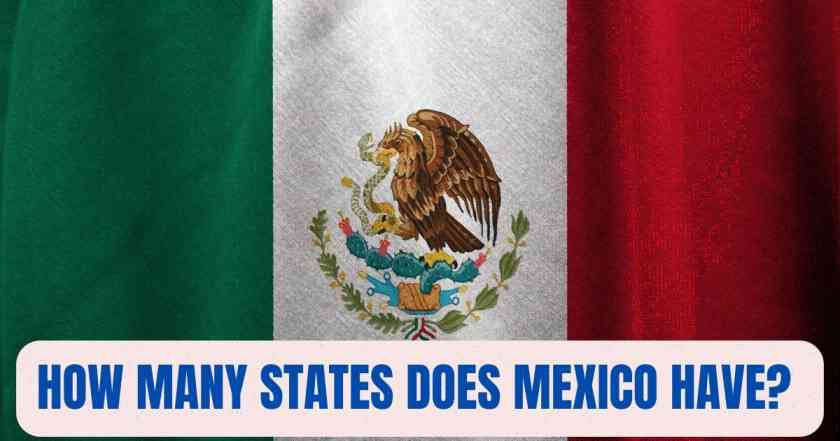Mexico, a country rich in culture, history, and natural beauty, is composed of diverse states that contribute to its colorful tapestry. Each state boasts its own unique identity, shaped by centuries of history, indigenous influences, and modern developments.
How Many States Does Mexico Have?
- The country of Mexico has 32 states.
List of States in Mexico
The 32 states of Mexico are:
- Aguascalientes
- Baja California
- Baja California Sur
- Campeche
- Chiapas
- Chihuahua
- Coahuila
- Colima
- Durango
- Guanajuato
- Guerrero
- Hidalgo
- Jalisco
- Mexico City (Ciudad de México) – Federal District
- Mexico State (Estado de México)
- Michoacán
- Morelos
- Nayarit
- Nuevo León
- Oaxaca
- Puebla
- Querétaro
- Quintana Roo
- San Luis Potosí
- Sinaloa
- Sonora
- Tabasco
- Tamaulipas
- Tlaxcala
- Veracruz
- Yucatán
- Zacatecas
Geographical Diversity
Mexico’s states span a vast and varied landscape, encompassing everything from arid deserts to lush tropical forests. In the northwest, Baja California Sur beckons with its stunning beaches and diverse marine life, while the central state of Jalisco is known for its highlands and the iconic city of Guadalajara, considered the birthplace of mariachi music and tequila.
Historical Significance
The rich history of Mexico is woven into the fabric of each state. Take a trip to Oaxaca, a state in southern Mexico, and you’ll encounter a blend of ancient indigenous cultures, colonial architecture, and a thriving arts scene. Meanwhile, the Yucatán Peninsula in the southeast is home to the ancient Maya civilization’s archaeological wonders, including the famous Chichen Itza.
Culinary Delights
Mexican cuisine is celebrated worldwide, and each state contributes its own culinary delights. Head to Puebla for a taste of mole poblano, a rich and complex sauce that is a hallmark of Mexican gastronomy. In the north, Sonora is renowned for its succulent carne asada, while Veracruz on the Gulf Coast offers delectable seafood dishes influenced by Spanish and Afro-Caribbean flavors.
Cultural Heritage
Mexico’s cultural diversity is a testament to the indigenous peoples who have inhabited the region for millennia. Chiapas, in the country’s southeast, is home to vibrant indigenous communities with distinct languages, traditions, and textiles. In the heart of Mexico, Mexico City, the sprawling capital, is a melting pot of cultures, blending ancient Aztec roots with Spanish colonial influences.
Natural Wonders
Beyond the bustling cities and historic sites, Mexico’s states are blessed with natural wonders. Chihuahua, the largest state, boasts the awe-inspiring Copper Canyon, a network of canyons deeper and larger than the Grand Canyon. In contrast, Quintana Roo is home to the world-famous Riviera Maya, with its pristine beaches and the mesmerizing underwater world of the Great Maya Barrier Reef.
Economic Hubs
Several Mexican states serve as economic powerhouses, contributing significantly to the country’s GDP. Nuevo León, located in the industrialized north, is a key player in Mexico’s manufacturing sector, while the State of Mexico, surrounding the capital, is a hub for finance, technology, and services.








